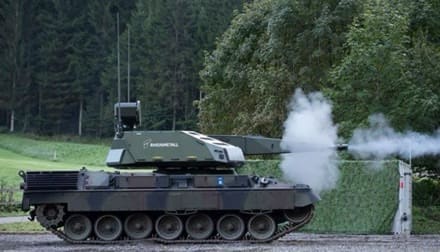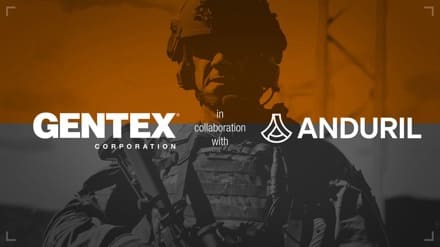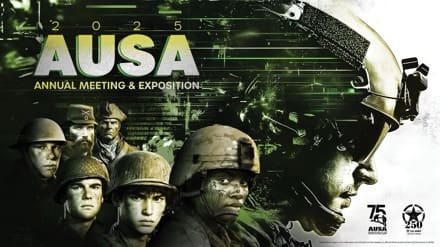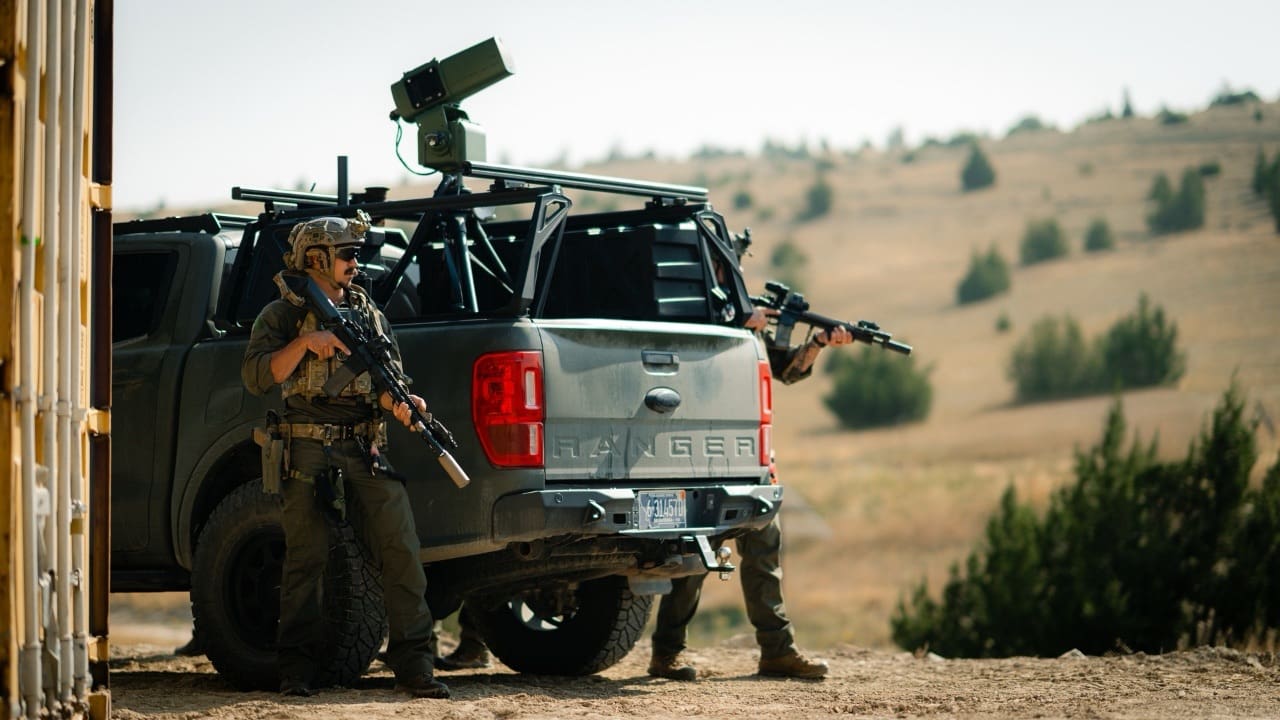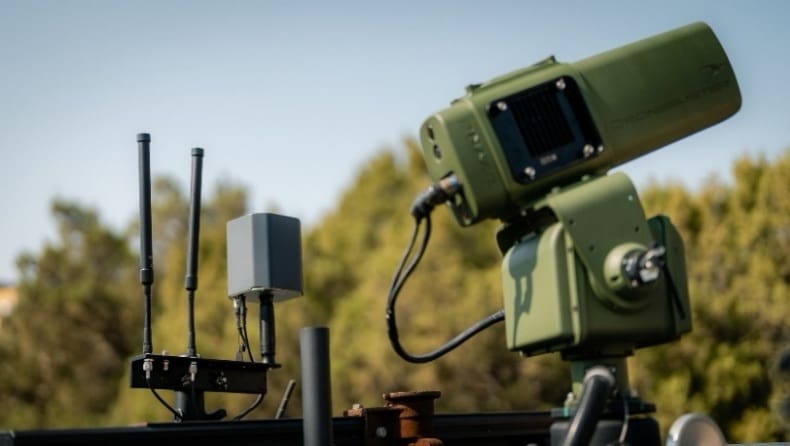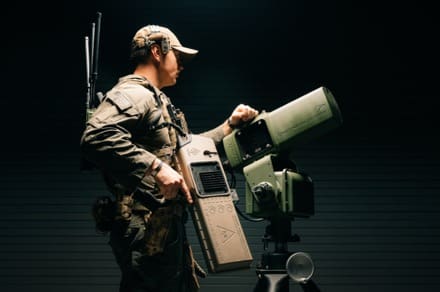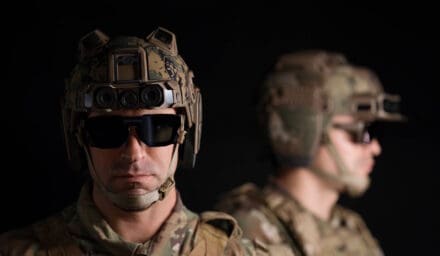Fort Gordon, GA —U.S. Army Cyber Command (ARCYBER) activated the second Theater Information Advantage Detachment (TIAD) during a ceremony held at the Cyber Conference and Catering Center at Fort Gordon Friday, October 3, 2025.
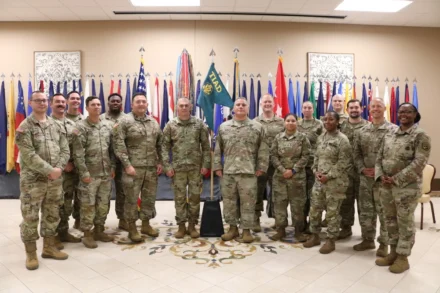
The activation marks a pivotal step in the Army’s evolving approach to information warfare.
Col. John Agnello, 2nd TIAD Commander, took charge of the ARCYBER TIAD, guiding a unit focused on supporting operations across the broader information environment. In remarks at TechNet Augusta earlier this year, Agnello highlighted the growing relevance of the TIAD’s mission in today’s complex strategic landscape.
“In an era where information is both weapon and shield, the mission of this detachment is nothing short of strategic necessity,” said Agnello “But no algorithm or system can replace the ingenuity and resolve of our soldiers. This TIAD is built on the shoulders of soldiers who bring not only technical mastery, but the courage to challenge, the creativity to adapt, and the conviction to lead. I’m honored to command a team that doesn’t just execute the mission; they embody it. They are the Army’s advantage in the information fight, and a key reason we’re positioned to succeed.”
The ARCYBER TIAD is one of three planned detachments tailored to specific geographic commands: Indo-Pacific, Europe, and ARCYBER itself. Each TIAD integrates disciplines such as cyber operations, electronic warfare, psychological operations, civil affairs, and public affairs into a unified team.
The activation ceremony served as an opportunity for soldiers and civilians from across the cyber and Information Operations community to gather and witness the birth of a unit that promises to redefine how the Army competes in the digital age.
Lt. Gen. Maria Barrett, Commander of ARCYBER, praised the TIAD concept during the Association of the U.S. Army’s 2024 annual meeting, noting that these detachments are essential for countering disinformation and malign influence:
“From the Signal Corps of World War II to the satellite networks of Desert Storm, the Army has always adapted to the character of conflict. Today, with the activation of this TIAD, we carry that legacy forward—into the information domain, where influence is decisive and truth must be defended. This is not just a new unit; it’s the next chapter in how the Army fights and wins.”
With its activation, the ARCYBER TIAD now stands at Initial Operating Capability—a foundational milestone that marks the beginning of its operational journey. As the unit builds toward Full Operating Capability, it will continue refining its integration across cyber, information, and influence disciplines, ensuring commanders have the tools and insights needed to compete effectively in the information environment across the competition continuum.
The road ahead is deliberate and mission-focused, with each step reinforcing the Army’s commitment to shaping the future of information warfare through innovation, agility, and the strength of its people.
Story by MAJ Lindsay Roman
U.S. Army Cyber Command


